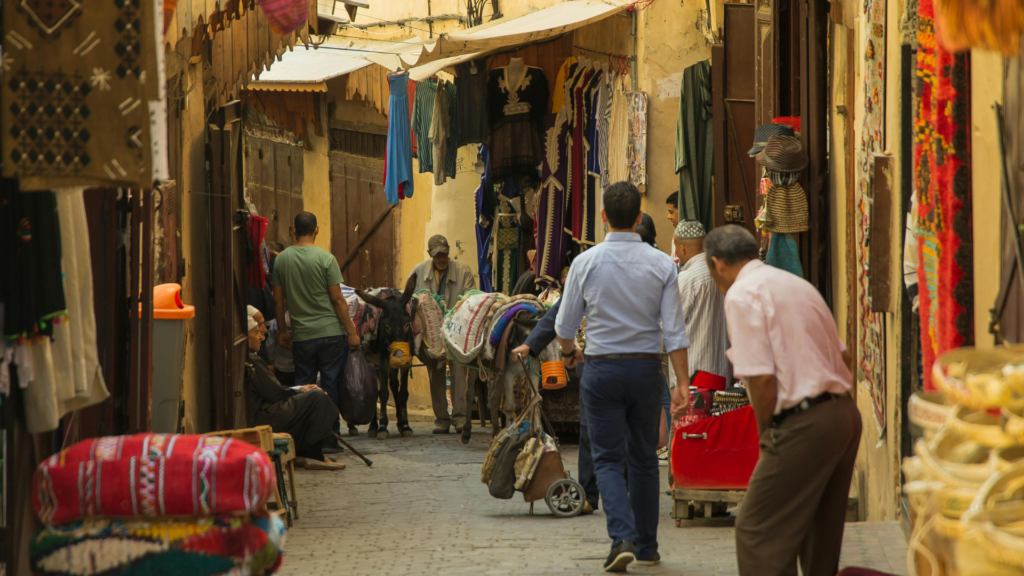 Regional Trade Hubs
Regional Trade Hubs
The Middle East during the medieval period was a vibrant center of trade, with cities like Baghdad, Cairo, and Damascus serving as major hubs. These cities connected various trade routes, facilitating the exchange of goods such as silk, spices, and precious metals. Their strategic locations made them pivotal in the economic landscape of the medieval world.
Maritime Trade and the Indian Ocean
Maritime trade in the Indian Ocean played a crucial role in the medieval Middle Eastern economy. Traders from the Arabian Peninsula and East Africa exchanged goods with merchants from India, Southeast Asia, and China. This extensive maritime network enabled the flow of exotic goods and fostered cultural exchanges, significantly impacting the prosperity of coastal cities.
Caravans and Overland Routes
Overland trade routes, such as those traversed by caravans, were equally important. Caravansaries provided essential support for merchants traveling across deserts and mountain ranges. These routes connected the Middle East with Central Asia and beyond, allowing the movement of goods, ideas, and technologies across vast distances.
Conclusion
The trade networks of the medieval Middle East were intricate and far-reaching, linking diverse regions and fostering economic and cultural interactions. These networks played a crucial role in the prosperity and dynamism of the medieval Middle Eastern economy, leaving a lasting legacy on global trade patterns.